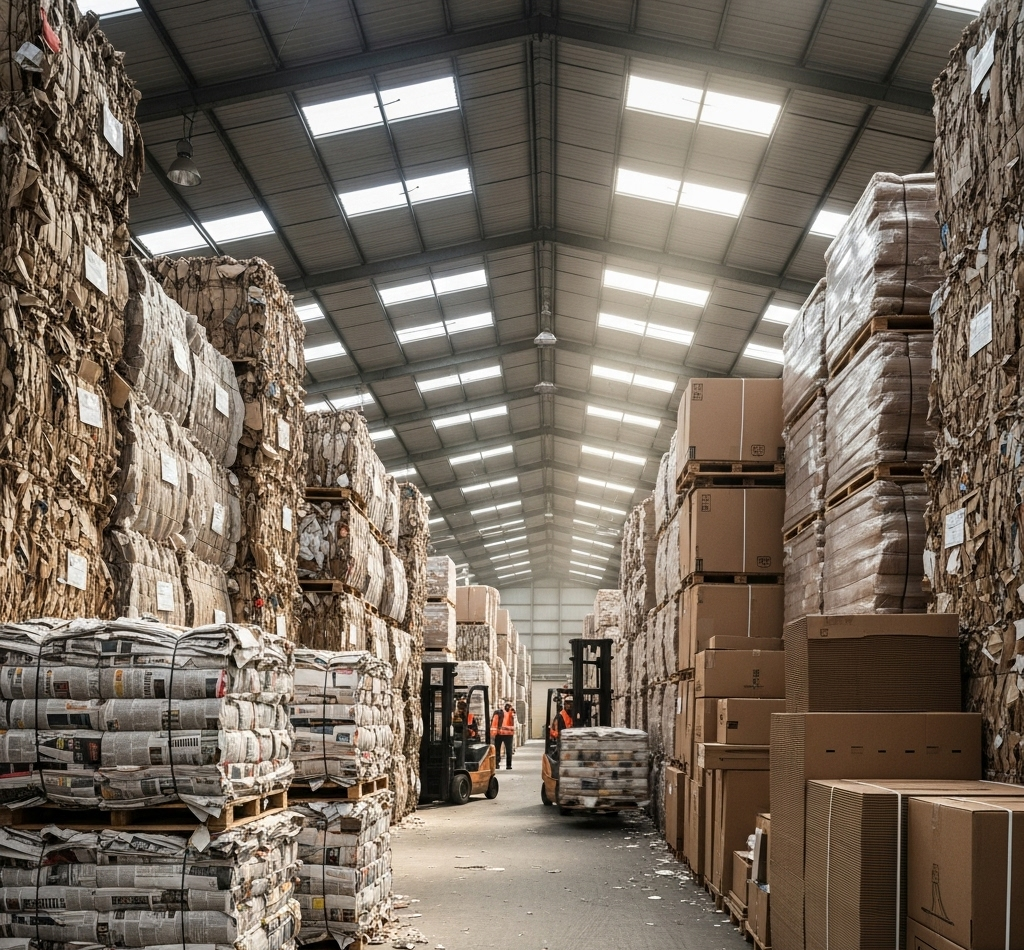
In an era where sustainability is no longer optional but essential, the paper industry is under increasing scrutiny to prove its environmental credentials. Recycled paper sourcing plays a pivotal role in reducing deforestation, conserving resources, and minimizing waste. However, without robust systems to track materials from collection to final product, claims of “recycled” can ring hollow. This is where traceability and chain-of-custody (CoC) management come in. These practices ensure transparency, accountability, and trust throughout the supply chain. In this blog post, we’ll explore what these concepts mean, how they apply to recycled paper, their benefits, implementation steps, and more.
Traceability refers to the ability to track the origin, movement, and transformation of materials through the supply chain. In recycled paper sourcing, this means following paper from post-consumer waste (like used office paper or cardboard) or pre-consumer scraps back to their sources, through processing at recycling facilities, and into new products like packaging or printing paper.
Effective traceability helps verify the recycled content percentage, ensures materials aren’t contaminated, and complies with regulations. For instance, it can confirm that paper labeled as “100% recycled” truly originates from reclaimed sources rather than virgin forests. Tools like digital tracking systems, barcodes, and blockchain are increasingly used to enhance this process, providing real-time data on material flows. This not only combats greenwashing but also supports circular economy goals by promoting efficient recycling loops.
Chain-of-custody management is a systematic process that documents the handling of materials at every stage, ensuring certified or sustainable attributes are preserved from source to end-user. In recycled paper, CoC prevents mixing of recycled materials with non-recycled ones without proper accounting, maintaining the integrity of sustainability claims.
There are four primary CoC models, each with varying levels of stringency and applicability to recycled materials:
Organizations choose models based on their needs, with mass balance being popular in paper recycling for balancing cost and scalability.
Several certifications enforce traceability and CoC in recycled paper sourcing. The Forest Stewardship Council (FSC) is a leader, verifying that forest-based materials, including recycled paper, meet rigorous environmental and ethical standards. FSC CoC certification requires organizations to track certified materials through production, maintain records, and undergo audits. For recycled paper, it ensures reclaimed materials are identified and segregated appropriately, allowing use of the FSC label on products.
Similarly, the Programme for the Endorsement of Forest Certification (PEFC) emphasizes transparent supply chains for sustainable packaging. It requires every actor to prove traceability of recycled fibers, enabling verifiable claims about labor practices and sourcing. PEFC works well with recycled paper by combining it with certified virgin fibers to meet market demands while protecting forests.
Other frameworks, like the Global Recycled Standard (GRS), extend CoC to include social and chemical requirements, though it’s more common in textiles but applicable to paper packaging.
Implementing these practices yields multiple advantages:
For businesses, this translates to premium pricing and stronger brand loyalty.
Drawing from established guidelines, here’s how to get started in recycled paper sourcing:
Start small, perhaps with one product line, and scale up.
Despite the benefits, challenges persist: high initial costs, complex supply chains, and resistance to change. Small businesses may find group certifications helpful. Emerging technologies like AI and blockchain promise to address these by improving accuracy and reducing overhead.
Looking forward, stricter regulations and consumer demand will drive adoption. Traceability tools are already boosting trust in recycled materials, countering negative narratives and proving recycling’s viability.
Traceability and chain-of-custody management are essential for making recycled paper sourcing truly sustainable. By adopting these practices and certifications like FSC or PEFC, businesses can contribute to a greener planet while gaining competitive edges. If you’re in the paper industry, consider auditing your supply chain today—it’s not just good for the environment; it’s good for business.
© 2025 Lasso Supply Chain Software LLC
Get instant access to our report on the Top Procurement Trends of 2025 by filling out the form below.

Get instant access to our report on the Top Procurement Trends of 2025.